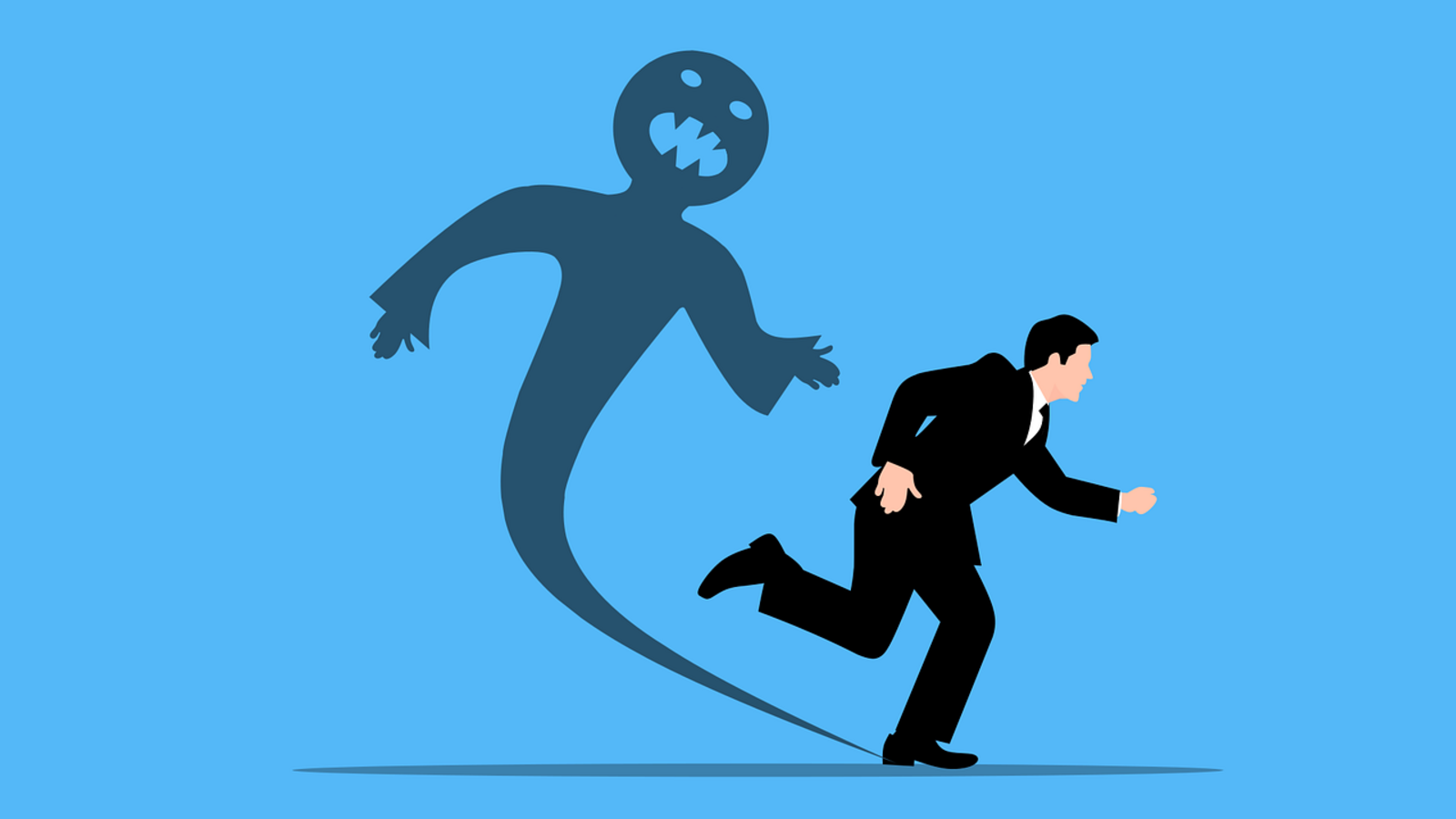
Steps to Healing Childhood Trauma as an Adult
Children are usually believed to be extraordinarily resilient and capable of quickly recovering from nearly any difficulty. There are, however, a few childhood traumas that can have long-lasting and severe repercussions on an adult's life if left unaddressed. Childhood trauma can be caused by anything that makes a child feel helpless or unsafe, like sexual, physical, or verbal abuse, domestic violence, an unstable or unsafe environment, parental separation, neglect, bullying, a serious illness, or invasive medical procedures.
When we take these emotional, physical, and behavioural stab wounds of our childhood into adulthood, they negatively impact our relationships, careers, happiness, health, etc. until we process our emotions and heal by feeling them.
1- Acknowledge the problem and its triggers:
The initial step in overcoming childhood trauma is to conduct a thorough self-examination and accept the existence of a problem. After acknowledging a problem, you must understand it. What causes this? Does it entail eating or playing alone, a specific city, outfit, song, or a family member? We all have triggers that can help us relive our childhood trauma in order to move forward. The healing process is aided by identifying the trigger, and many people can let go of their pasts only by becoming aware and knowing their triggers.
2- Love the child inside you:
Relive the experience you're recovering from and imagine that a younger you is meeting your adult self in the present. Talk, Hug and wipe away the tears to comfort your inner child. If the child is scared, try to calm it down. Give that child the solace it needs. Be the kind of adult that the child didn't have when they were younger. If you can't picture this on your own, try a meditation for healing from childhood traumas. But it's not just a one-time thing. This meditation must be done for at least 21 days (or till you feel the release). You've been thinking about this memory for years. Don't be surprised if it takes you a while to really let go of it.
3- Positive Affirmations should be used:
Negative childhood events may impede our brain pathways, preventing us from enjoying life on our terms. We must actively nourish our hearts, brains, and souls with positive affirmations to reverse the effects of years of trauma. We must reassure our inner selves that we are secure and in charge now as we are no longer children. Positive affirmations are necessary to counteract the effects of bad childhood experiences. Take the time to determine which affirmations you will practise. Make a note of the positive affirmations that resonate with you and practise them daily. Even better, record them in your voice and listen to them before and after bedtime.
4- Put an end to the negative chatter:
As you heal, you'll feel several emotions. You'll remember long-forgotten details from your past. And more than anything else, you are likely to begin engaging in a great deal of negative mental talk, if you do not already do so. Learn to calm your mind and break the cycle of negativity. As you attempt to heal your past, try some relaxation techniques, meditations, music, or podcasts that help you calm down and reduce stress and anxiety. You must know that you are attempting to alter a brain region that has existed for years. It will be challenging, and it will oppose the change in very real and rational ways.
5- Learn from it:
It's difficult to let go of a traumatic memory when we don't know why it happened. We often struggle to understand why something happened, which in reality, is probably pointless. Imagine you're a third person observing the experience. Make a list of what you've learnt thus far. Make a list and stick it where it’s visible daily. Remember that everything happens for a reason. You've learned from it, and now it's time to go on.